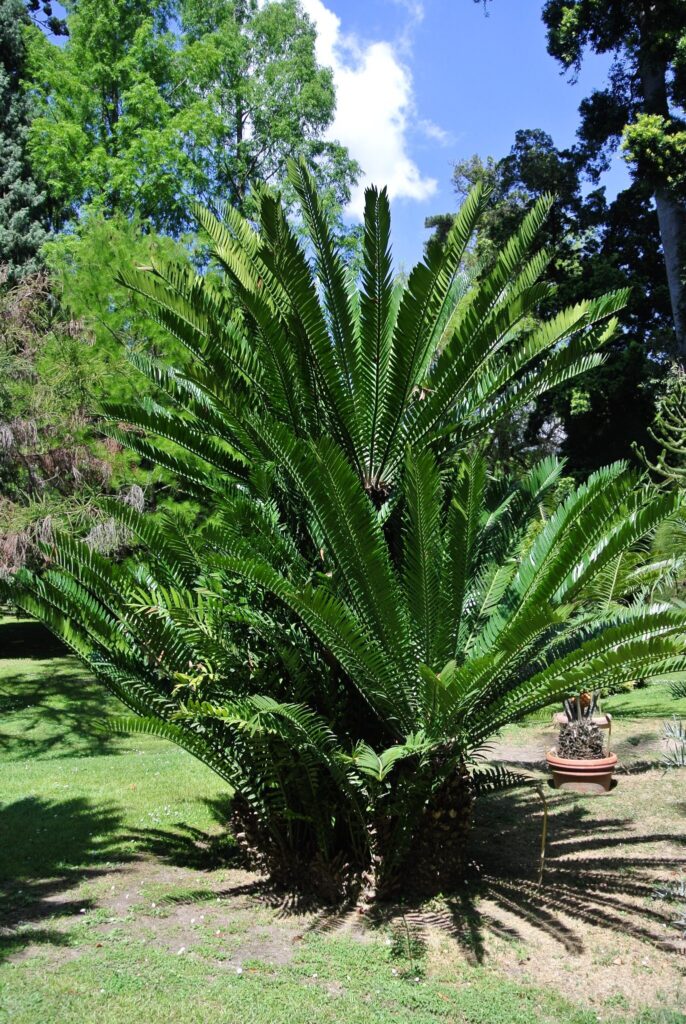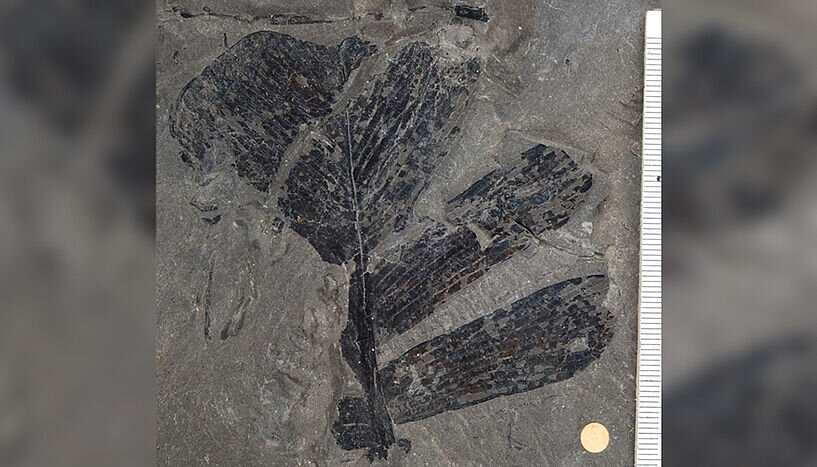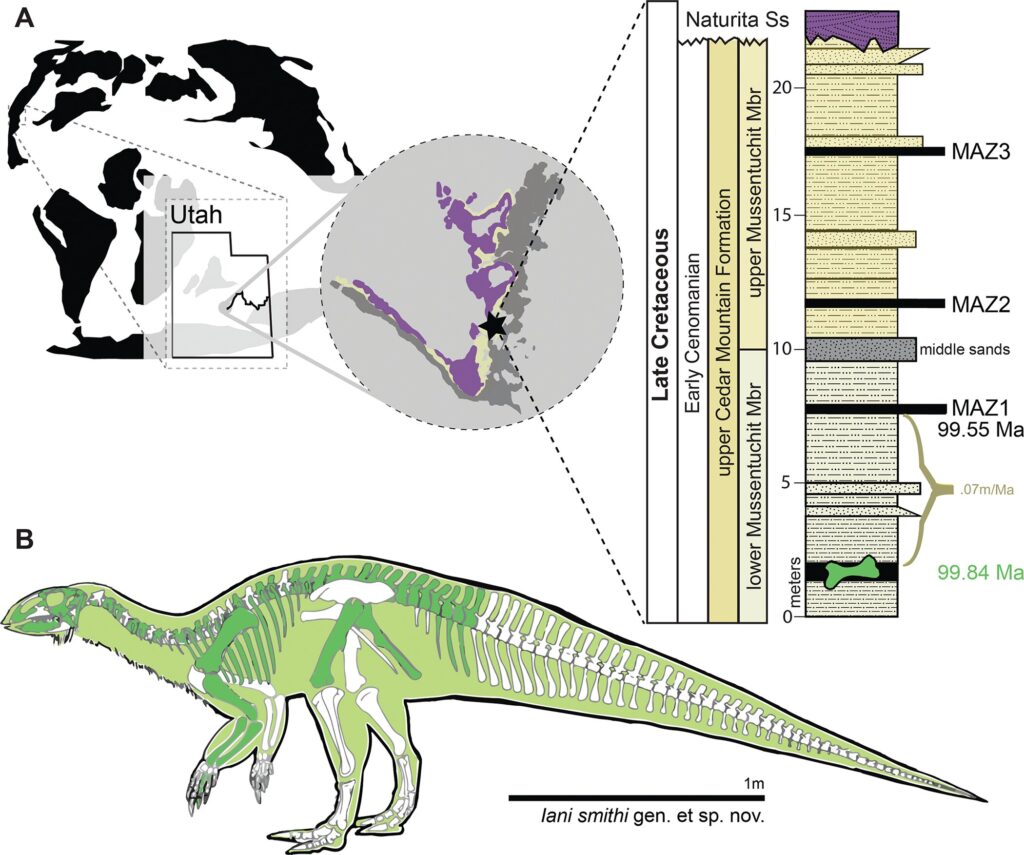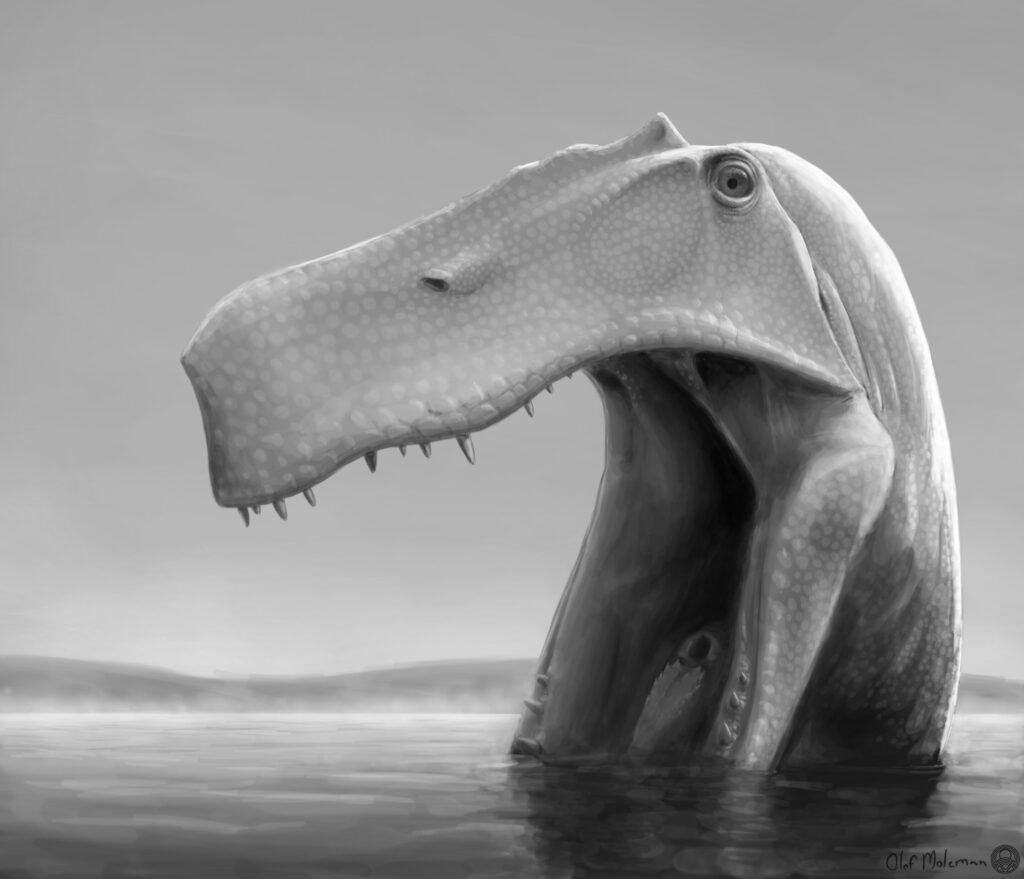@WFS,World Fossil Society, Athira, Riffin T Sajeev,Russel T Sajeev

Researchers and volunteers with the Florida Museum of Natural History have discovered the ancient remains of several gomphotheres at a fossil site in North Florida. Credit: Florida Museum photo by Kristen Grace
Approximately five and a half million years ago, a number of gomphotheres, now-extinct relatives of elephants, met their end in or near a river in Northern Florida. Even though their demise probably transpired centuries apart, their remains were all deposited in a single location, entombed alongside other animals that had met with a similar fate.
Today, the river no longer exists, but the residual fossils provide a vast snapshot of life in primordial Florida to paleontologists. Early last year, researchers and volunteers commenced the excavation of these gomphotheres at the Montbrook Fossil Dig, which is expected to result in a groundbreaking discovery.
“This is a once-in-a-lifetime find,” said Jonathan Bloch, curator of vertebrate paleontology at the Florida Museum of Natural History. “It’s the most complete gomphothere skeleton from this time period in Florida and among the best in North America.”

Gomphotheres were among the most diverse proboscideans and spread to nearly every continent during their 20 million-year reign. Credit: Florida Museum illustration by Merald Clark
“I started coming upon one after another of toe and ankle bones,” said Dean Warner, a retired chemistry teacher and Montbrook volunteer. “As I continued to dig, what turned out to be the ulna and radius started to be uncovered. We all knew that something special had been found.”
Within a few days, it became clear there was not just one but several complete skeletons, including one adult and at least seven juveniles. The research team will need to fully excavate the specimens before they can accurately determine their size, but Bloch estimates the adult was eight feet tall at the shoulders. With the tusks included, the skull measures over nine feet in length.
According to Rachel Narducci, collection manager of vertebrate paleontology at the Florida Museum, it’s likely the fossils were successively deposited or transported to the area. “Modern elephants travel in herds and can be very protective of their young, but I don’t think this was a situation in which they all died at once,” she said. “It seems like members of one or multiple herds got stuck in this one spot at different times.”
Research teams have been excavating at Montbrook since 2015, when Eddie Hodge contacted Florida Museum researchers about fossils that had been discovered on his property. Since then, the site’s fine sands and compacted clays have yielded a layer cake of fossils up to nine feet deep in some places.
The fossil beds are located 30 miles inland from the Gulf of Mexico, but the area was much closer to the sea when the bones were deposited in the late Miocene, during which time temperatures and sea levels were higher than they are at present.
As a result, the remnants of camels, rhinoceroses, and llamas are encased next to both fresh and saltwater fish, turtles, alligators, and burrowing shrimp. And because the limestone the ancient river cut through was laid down when Florida was a shallow, marine platform, fossils of much older marine species, such as sharks, are also occasionally found.
Over the last seven years, paleontologists working at Montbrook have discovered the oldest deer in North America, the oldest known skull of a smilodontine sabertoothed cat and a new species of extinct heron. Fossil mainstays from the time, like bone-crushing dogs and short-faced bears, also show up scattered across the wide-brimmed fossil bed.
Despite the diversity of fossils at Montbrook, most of these animals were interred after being transported by running water, and their remains are rarely found intact. The discovery of several complete gomphotheres was entirely unexpected.
“We’ve never seen anything like this at Montbrook,” Narducci said. “Usually, we find just one part of a skeleton at this site. The gomphotheres must have been buried quickly, or they may have been caught in a curve of the river where the flow was reduced.”
Elephants and their extinct relatives are collectively called proboscideans. Before the arrival of humans, they were a common component of almost every major continent, and gomphotheres were among the most diverse. Unlike their better-known woolly mammoth counterparts — which originated and disappeared just before and after the Pleistocene ice ages — gomphotheres have an exceptionally long fossil record spanning more than 20 million years.
They first evolved in Africa in the early Miocene, roughly 23 million years ago, after which they dispersed into Europe and Asia. By 16 million years ago, they’d reached North America via the Bering land bridge, and when the Isthmus of Panama rose above the sea 2.7 million years ago, gomphotheres were waiting on the shoreline to cross into South America.
Along the way, gomphotheres evolved several unique features that allowed them to thrive in the new environments they encountered.
“We all generally know what mastodons and woolly mammoths looked like, but gomphotheres aren’t nearly as easy to categorize,” Narducci said. “They had a variety of body sizes, and the shape of their tusks differed widely between species.”
In addition to the usual pair of upper tusks common in proboscideans, some gomphotheres had a second set attached to the lower jaw, which were fashioned by natural selection into increasingly implausible configurations. Many species had small lower tusks that splayed apart or extended in parallel at the tip of a significantly elongated jaw. Tusks in the platybelodon gomphotheres were flattened and joined, resembling a massive pair of buck teeth, which they used to scrape bark from trees.
Paleontologists often use these tusks as a diagnostic feature. The gomphotheres from Montbrook have a spiral band of enamel running along the length of each tusk, giving them the appearance of a barber’s pole. Only one group of gomphotheres with this unique banding pattern existed at the time. This allowed Bloch and Narducci to narrow the identity of the Montbrook fossils to species in the genus Rhyncotherium, which were once widespread across North and Central America.
“A fossil site in southern California is the only other place in the U.S. that has produced a large sample of Rhynchotherium juveniles and adults,” Bloch said. “We’re already learning so much about the anatomy and biology of this group that we didn’t know before, including new facts about the shape of the skull and tusks.”
Gomphotheres thrived in open savannahs, which were once common in Africa, Eurasia, and the Americas. But a sustained pattern of global cooling that began about 14 million years ago led to the prominence of vast grasslands, which gradually replaced savannahs and caused gomphothere diversity to wane. Some species were able to successfully switch from tree browsing to a diet that primarily consisted of grasses, but gomphotheres were dealt another blow at the end of the Miocene, when a new group of proboscideans entered the stage.
Mammoths and elephants originated in Africa before trekking north into Eurasia, following in the footsteps of the gomphotheres that had gone before and displacing them in the process. By the time humans arrived in the Americas, there were only a few gomphothere species left, which wouldn’t last long. Faced with rapid climate change and overhunting from the continents’ newest inhabitants, the last gomphotheres disappeared at the end of the ice ages, along with the majority of other large mammal species.
The Montbrook discovery gives new life to Rhynchotherium gomphotheres and provides scientists with the opportunity to learn more about the charismatic fauna that once populated North America.
“The best part has been to share this process of discovery with so many volunteers from all over the state of Florida,” Bloch said. “Our goal is to assemble this gigantic skeleton and put it on display, taking its place alongside the iconic mammoth and mastodon already at the Florida Museum of Natural History.”
Source: Article By FLORIDA MUSEUM OF NATURAL HISTORY in scitechdaily.com/
@WFS,World Fossil Society, Athira, Riffin T Sajeev,Russel T Sajeev
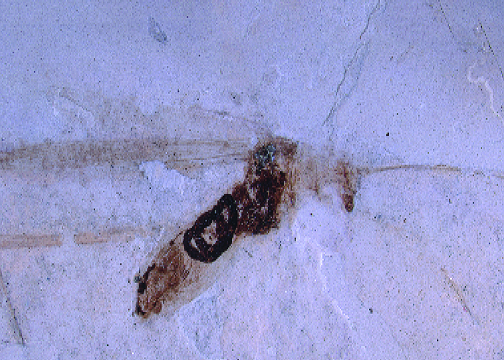













 July 6th, 2023
July 6th, 2023  Riffin
Riffin 
